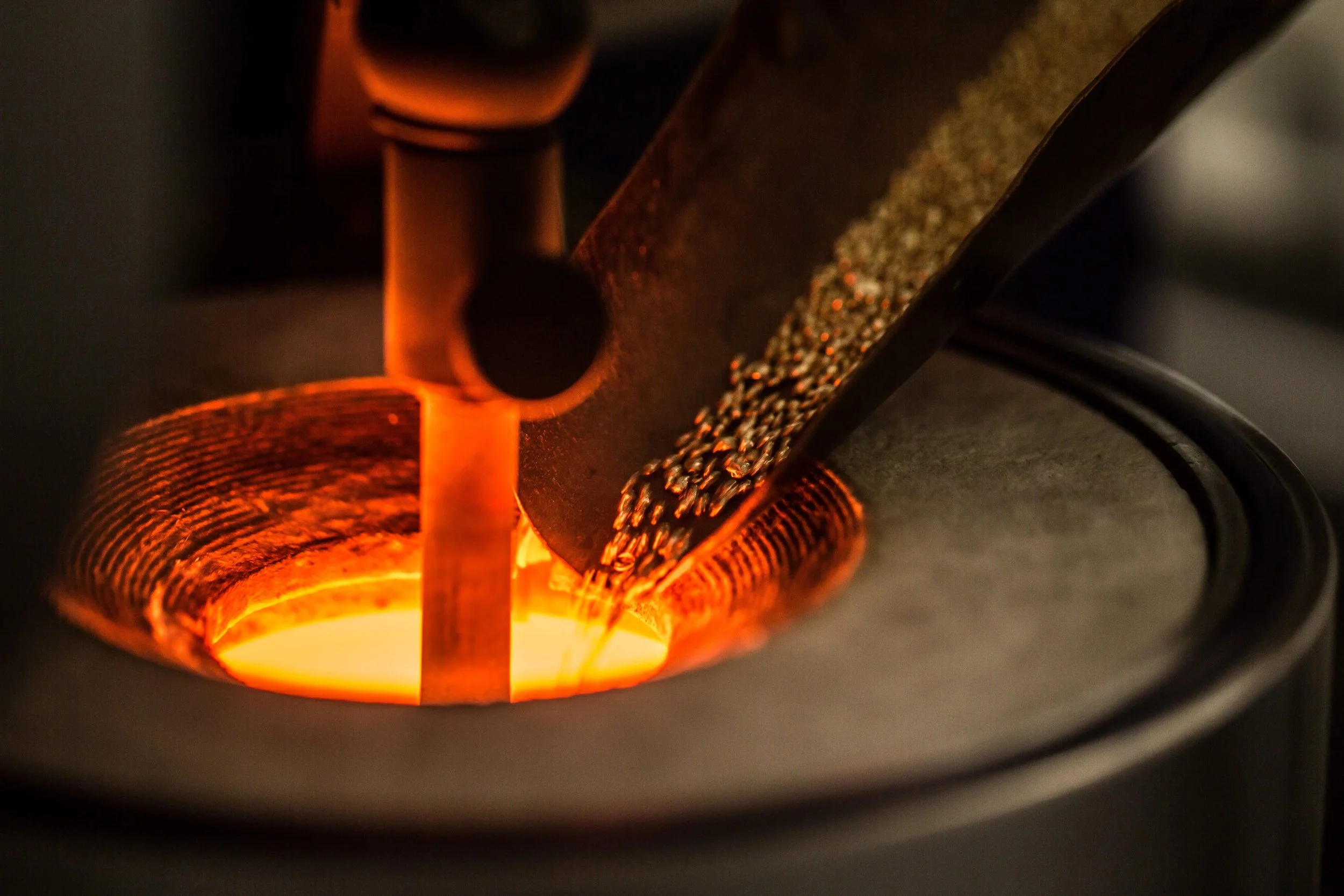Is Recycled Gold Truly Sustainable? Unpacking Myths and Realities
In recent years, recycled gold has emerged as a popular sustainable alternative to newly mined gold. Brands like Prada, Chopard, and Pandora have embraced it, pledging to use 100% recycled gold in their collections. This shift signals a growing commitment to eco-conscious practices in the jewelry industry. But as recycled gold gains traction, it’s crucial to ask: Does it truly live up to its "green" reputation? The reality is more nuanced than it appears.
The Allure of Recycled Gold: A Promising Start
Recycled gold offers undeniable environmental benefits. Unlike many materials, gold doesn’t degrade over time, making it infinitely recyclable without losing its quality. This circularity reduces the need for new mining, which is notoriously destructive. Traditional gold mining involves deforestation, habitat destruction, and the use of toxic chemicals like cyanide and mercury, posing severe risks to ecosystems and human health. By opting for recycled gold, we can significantly lower the demand for these harmful practices.
Moreover, recycling gold is far less energy-intensive than mining. For instance, Pandora reports that using recycled gold reduces its carbon footprint by over 99%. To put this into perspective, producing 1 gram of mined gold generates 36,410 grams of greenhouse gases, while recycled gold generates just 53 grams—a staggering 99.8% reduction in emissions.
The Hidden Challenges of Recycled Gold
While the benefits of recycled gold are compelling, its sustainability claims are not without flaws. Here are some critical issues that often go unnoticed:
1. Recycled Gold Isn’t Always What It Seems
A common misconception is that recycled gold primarily comes from old jewelry. In reality, much of it originates from industrial sources like electronic waste and manufacturing scrap. While this recycling is valuable, it doesn’t address the root problem: the ever-growing demand for gold. The jewelry industry’s reliance on recycled gold hasn’t significantly reduced the need for new mining, as global demand continues to outpace supply.
2. The Traceability Problem
One of the most significant challenges with recycled gold is its lack of traceability. Once gold enters the recycling stream, its origins become untraceable. This opacity creates ethical risks, as recycled gold can inadvertently include gold from conflict zones or illegal mining operations. Without robust tracking systems, there’s no guarantee that recycled gold is free from human rights abuses or environmental harm.
3. Recycling Doesn’t Eliminate Mining
Recycled gold alone cannot solve the systemic issues tied to gold mining. While it reduces the demand for new extraction, it doesn’t address existing mining operations' ongoing environmental and social impacts. Artisanal and small-scale miners often lack access to fair markets and are particularly vulnerable. The rise of recycled gold has, in some cases, marginalized these miners, pushing them further into informal and often exploitative practices.
4. Illicit Gold in the Supply Chain
The recycled gold market is also susceptible to illicit practices. Gold from illegal or unethical sources can be melted down and labeled as recycled, bypassing regulations. This is especially concerning in regions where gold mining is linked to human rights violations, such as forced labor, child labor, and unsafe working conditions. Recycling gold doesn’t inherently address these deep-rooted issues.
A More Sustainable Future: Beyond Recycled Gold
While recycled gold is a step in the right direction, it’s not a silver bullet. To create a truly sustainable and ethical jewelry industry, we must explore additional solutions:
Fairmined and Fairtrade Gold
Certified Fairmined and Fairtrade gold offer a more transparent and ethical alternative. These certifications ensure that gold is sourced from responsible mines that adhere to strict environmental and labor standards. For example, FUTURA Jewelry, a New York-based brand, uses mercury-free 18kt Fairmined Ecological gold sourced from certified mines. Similarly, Bario Neal crafts its pieces with Fairmined gold and ethically sourced gemstones, prioritizing both sustainability and craftsmanship.
Ethical Sourcing and Traceability
Brands can also partner with responsible small-scale miners to promote ethical practices. Establishing clear traceability protocols, such as blockchain technology, can help ensure that gold is sourced responsibly. This not only benefits the environment but also supports mining communities by providing fair wages and safer working conditions.
Innovative Materials and Practices
Exploring alternative materials, such as lab-grown diamonds and metals, can further reduce the industry’s environmental footprint. Companies that invest in innovation and transparency will lead the way in ethical luxury. For instance, Raven + Lily empowers female artisans by creating handmade jewelry with responsibly sourced materials, demonstrating how ethical practices can drive positive social impact.
Conclusion: A Call for Transparency and Responsibility
Recycled gold offers significant environmental and economic benefits, making it a more sustainable choice compared to newly mined gold. However, its limitations—such as lack of traceability and the risk of illicit gold entering the market—highlight the need for a more comprehensive approach. To truly transform the jewelry industry, we must prioritize transparency, ethical sourcing, and innovation. By supporting initiatives like Fairmined Gold and investing in traceable supply chains, both brands and consumers can contribute to a more sustainable and responsible future.

